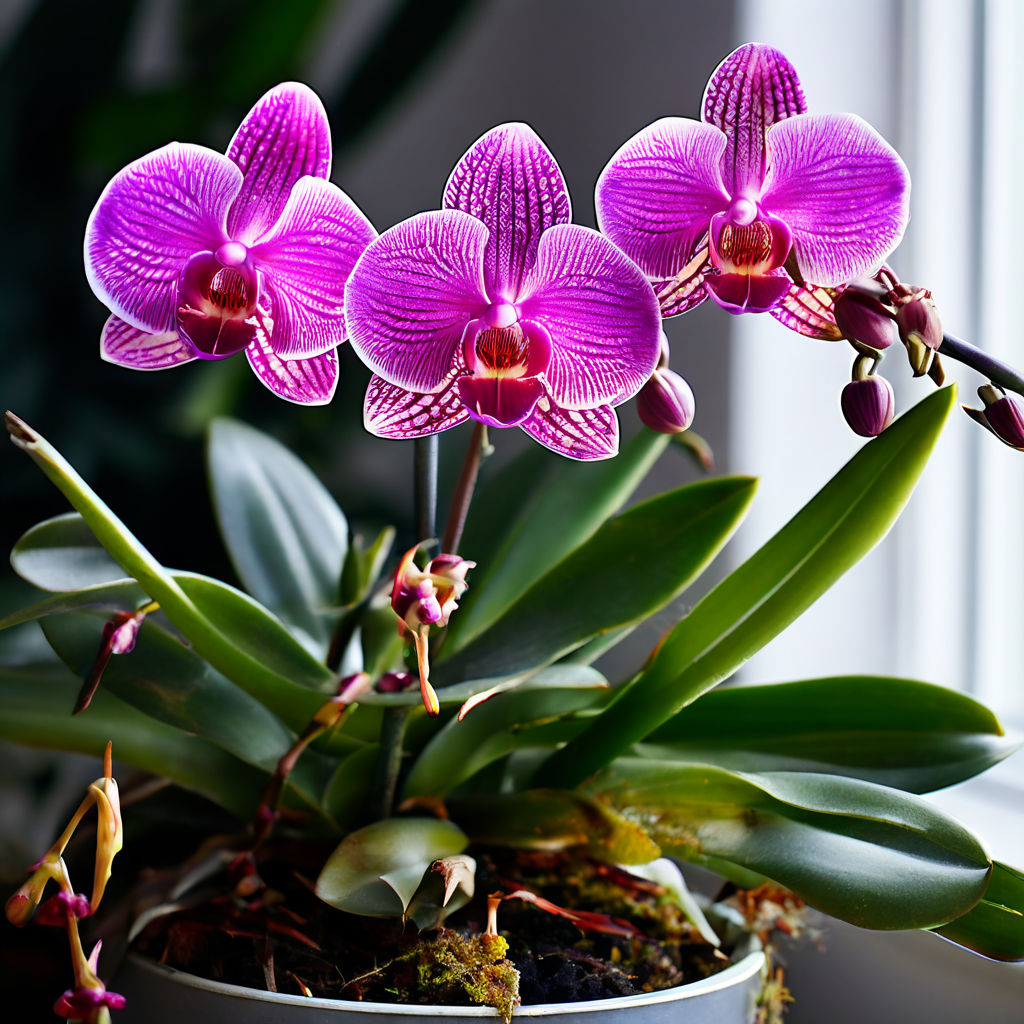
1. Deadheading
One option you have after your orchid flowers fall is deadheading. Deadheading is the process of removing the spent flowers from the orchid plant. This not only improves the appearance of the plant, but it also redirects the plant’s energy towards new growth.
To deadhead your orchid, simply use a pair of clean, sharp scissors or pruning shears to cut off the faded flowers at the base of the stem. Be sure to sterilize your tools before and after use to prevent the spread of any potential diseases.
Deadheading can encourage your orchid to produce new flower spikes and extend its blooming period. However, not all orchids require deadheading, so it’s important to check the specific care instructions for your particular orchid variety.

2. Pruning
If your orchid has finished blooming and the entire flower spike has turned brown or yellow, it may be time to consider pruning. Pruning involves cutting back the flower spike to promote new growth and potentially trigger another round of blooming.
To prune your orchid, locate the brown or yellowed flower spike and follow it down to where it emerges from the base of the plant. Use clean, sharp scissors or pruning shears to make a clean cut just above a node or joint on the spike.
Pruning can be beneficial for orchids that have finished blooming and are showing signs of decline. It helps redirect the plant’s energy towards new growth and can encourage the development of new flower spikes in the future.
3. Provide Optimal Care
While waiting for your orchid to bloom again, it’s important to provide optimal care to ensure its overall health and well-being. Here are a few key care tips:

- Light: Orchids generally prefer bright, indirect light. Place your orchid near a window with filtered sunlight or use artificial grow lights.
- Temperature and Humidity: Most orchids thrive in temperatures between 60-80°F (15-27°C) during the day and slightly cooler temperatures at night. They also appreciate higher humidity levels, so consider using a humidifier or placing the orchid on a tray with water and pebbles.
- Watering: Orchids have specific watering needs. Allow the potting medium to dry out slightly between waterings, and then thoroughly saturate it. Avoid overwatering, as this can lead to root rot.
- Fertilization: Feed your orchid with a balanced orchid fertilizer according to the package instructions. Be careful not to over-fertilize, as this can damage the roots.
- Repotting: If your orchid has outgrown its current pot or the potting medium has broken down, consider repotting it. Use a well-draining orchid potting mix and choose a pot that allows for future growth.
By providing optimal care, you are creating the ideal conditions for your orchid to recover and bloom again in the future.
Conclusion
After your orchid flowers fall, there is no need to worry. Deadheading, pruning, and providing optimal care are all viable options to help your orchid thrive and potentially bloom again in the future. Remember to check the specific care instructions for your orchid variety and enjoy the journey of growing and caring for these beautiful plants.